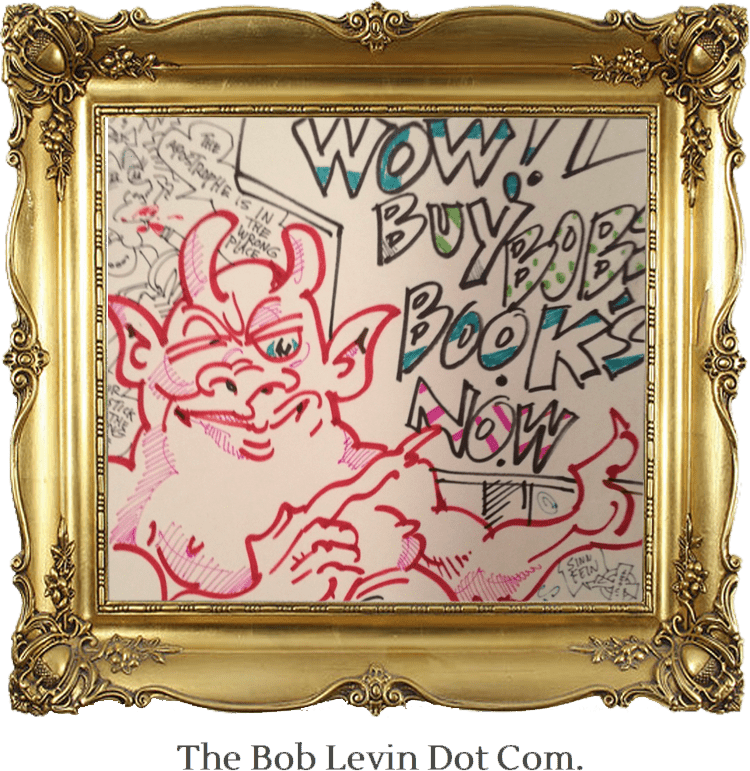What accounts for Douglass’s choices? Did he find the stories too delicious to resist? (Oliver Stone apparently did, utilizing another of Cherabie’s multiple versions – that she was thrown from a car, not a bar – to open JFK.) Was Douglass unconsciously motivated by doubt or fear or guilt to sabotage his own credibility? Does he have such faith in the strength of his convictions to believe they can carry the weight of such dubious tales? I know some among the conspiratorially minded who believe that the reason there are so many different conspiracy theories afloat is that the CIA has been sponsoring them in order to discredit by association the one true theory, which is whichever it is in which the CIA-accuser believes. I would not be surprised to read someday that Douglass was a CIA agent employed to undermine the truth of the National-Security-State-as-assassins theory by associating it with the doubt-inducing accounts of Cherabie and Vinson.
But I don’t dismiss Douglass.
Unspeakable is sincere and well-intentioned. It is the best-written of the four books I set out for consideration and better written than any of the other similarly themed books or articles to which my perambulations took me. Douglass, a 78-year-old non-violence activist and theologian, is a devotee of Thomas Merton, whose thinking gives his book a compelling spiritual dimension. (Merton, incidentally, along with Allen Ginsberg and Bertrand Russell, was among the “prominent personalities” mentioned by Talbot, who responded to a 1966 survey as doubting the Warren Commission’s findings. Dwight MacDonald and Norman Thomas sided with those who supported them.)
Douglass’s book is also, at least partially, persuasive. Coming from a family of Stevensonian Democrats and, in the early 1960s, more focused on civil rights than foreign affairs, (in which, I confess, I considered the United States a force of “good”), I regarded JFK as a foot-dragger, uncommitted to the progressive cause. And Douglass goes a long way toward convincing me that Kennedy is to be respected and commended for his efforts to move the country and the world toward peace.
But that doesn’t absolve the rest of Douglass’s case from analysis.
